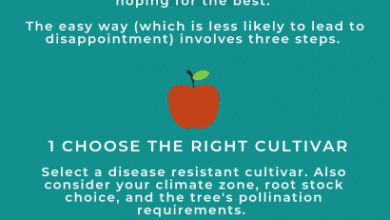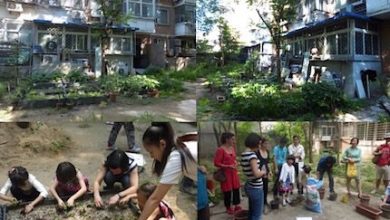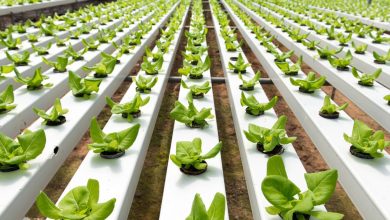Gardenia Care: [Earth, Strengthening, Humidity and Pruning]
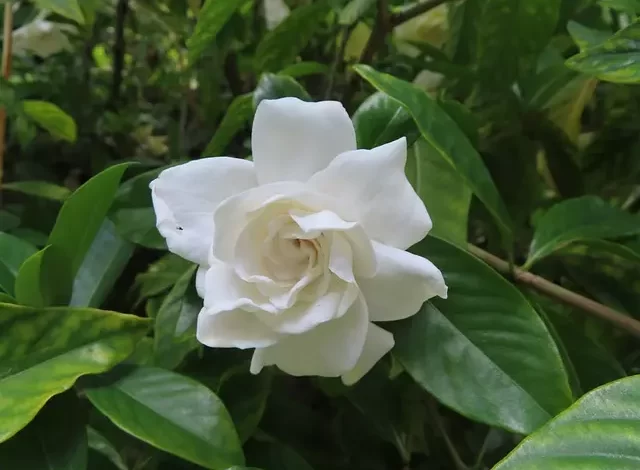
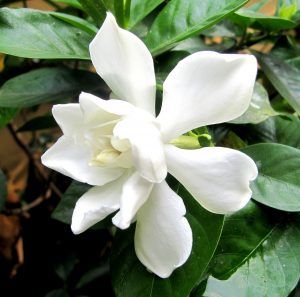 The gardenia is one of the most appreciated species as an ornamental and cut plant due to its attractive size, as well as the beauty and spectacular aroma of its flowers.
The gardenia is one of the most appreciated species as an ornamental and cut plant due to its attractive size, as well as the beauty and spectacular aroma of its flowers.
As such, it is possible to plant it in a home garden, or in a pot. Although its cultivation is simple, it comes to present some challenges.
For this reason, we want to share this guide with the main care of the gardenia. We hope you find it useful.
What soil needs does the gardenia have?
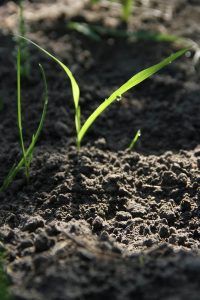 Gardenia can thrive in a wide variety of soils. However, it grows best in clay loam soils.
Gardenia can thrive in a wide variety of soils. However, it grows best in clay loam soils.
Rich in organic matter, with a high iron content, as well as good moisture retention and drainage.
Another important point regarding the needs of the soil is that geraniums are acidophilic, and require a substrate with a pH between 5.0 and 5.5.
It is necessary to cover this aspect since it will be easier to control the iron deficiencies that they suffer. A good example of a substrate is a simple mix of three materials: ⅓ topsoil, ⅓ peat moss, and ⅓ sand.
If good topsoil is not available, then it can be replaced with a mixture of ⅗ acid peat and ⅖ sand for drainage.
How to make the gardenia grow strong and vigorous?
Also called Indian jasmine, it is an easy-to-grow plant as it has few requirements. However, it needs very marked environmental conditions. Therefore, below we share some of the gardenia care that you should take into account.
Temperature
The gardenia is a plant native to tropical and subtropical regions, so it should be grown in areas that mimic climatic behavior: warm temperatures throughout the day, and cool at night.
As such, it develops optimally between 20°C and 28°C during the day, but should be no lower than 15°C at night to favor the development of flower buds.
It is important to maintain the temperature at appropriate and constant levels to protect the development of the buttons, as well as to prevent them from falling, so it is essential to avoid sudden changes in temperature.
Lightning
The gardenia grows favorably in sunny conditions, with direct exposure for 3 to 5 hours a day, but it can also grow in light shade, being at a value between 10,000 and 20,000 lux.
We must provide light shade at noon, or on clear days, during the summer. In autumn, winter and spring, it is recommended to leave it in full sun facing west, east or south.
Flower pot
Gardenias can be grown perfectly in pots. If this is the case, it should have a diameter of 14 centimeters for young plants, and it will need to be changed for a larger one every 2 or 3 years.
Fertilization
Gardenia is an acid-loving plant, so it responds well to quarterly applications of NPK fertilizer in a 3:1:2 or 3:1:3 ratio. Similarly, a NOP liquid fertilizer of 20:20:20 can be applied at a dose of 150 milliliters of water during irrigation.
Iron demand is also important, for which sulfate can be supplied, 30 grams per 11.5 liters of water every 2 or 3 weeks. The doses of supplements and fertilizers should be small as the plant is very sensitive to salinity.
What humidity does the gardenia need?
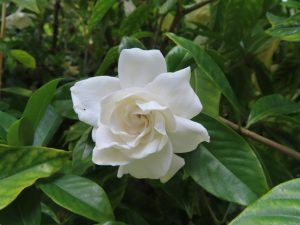 The gardenia needs to be located in environments with relative humidity greater than 60%.
The gardenia needs to be located in environments with relative humidity greater than 60%.
Having the optimal point of 80% during the summer, when the temperature and luminosity tend to rise.
It must be watered frequently, allowing the substrate to dry slightly on the surface.
To do this, it is recommended to apply 3 to 4 weekly waterings during the summer, and a maximum of 2 waterings a week during the winter.
Is it necessary to prune the gardenia?
Pruning is not one of the main care of the gardenia; however, it is useful to eliminate sources of infection, boost its flowering, as well as to give a good appearance or control its growth and structure.
How often should we prune the gardenia?
Cleaning pruning should be done whenever diseased, damaged or wilted leaves are present. In the case of training pruning, it should be done after the plant has finished flowering, usually in late winter.
It can also be carried out on young plants in order to stimulate flowering. This should be done once in June and once in August. Do not forget to use sharp and disinfected tools to prevent the entry of pathogens.
How to prevent pests and diseases from appearing on gardenia?
The best measure to avoid diseases and pests in the gardenia is to keep it healthy. For this, it is essential to provide the correct humidity in the soil and in the air, to have lighting and temperature within the optimal range, as well as to apply the correct doses of fertilizer.
However, even if they are cared for properly, the probability of suffering from them is constant. In the case of diseases, these are usually of fungal and bacterial origin. To avoid them, it is suggested to use sterilized substrates, avoid water stress and do not wet the aerial parts of the plant.
In the case of pests, the most common are thrips, aphids, whiteflies, mealybugs, red spider mite, among others. To prevent them, leaves, stems and flowers must be checked regularly and appropriate insecticides applied promptly.
Conclusions
Gardenia is a relatively easy plant to manage, especially when grown in the right conditions, so it’s a great choice if you want to add a floral and aromatic touch to your garden.
We hope that this gardenia care guide has been useful to you and we invite you to continue reading the content we have about this and other plants on our blog.
Bibliographic references
- http://www.inifapcirne.gob.mx/Biblioteca/Publicaciones/904.pdf
- https://www.redalyc.org/journal/437/43756297017/43756297017.pdf
- https://www.skh.com/wp-content/uploads/2011/06/Gardenia.pdf
- https://www.mapa.gob.es/ministerio/pags/biblioteca/revistas/pdf_Hort/Hort_1986_29_58_65.pdf
Maybe you are also interested in:

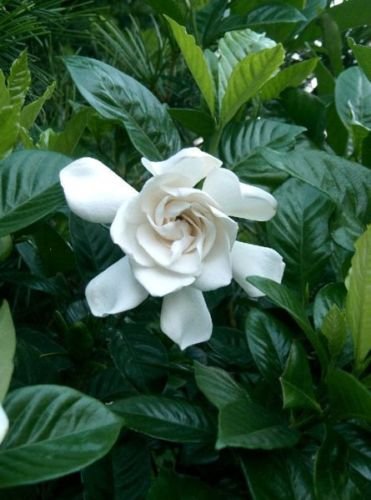

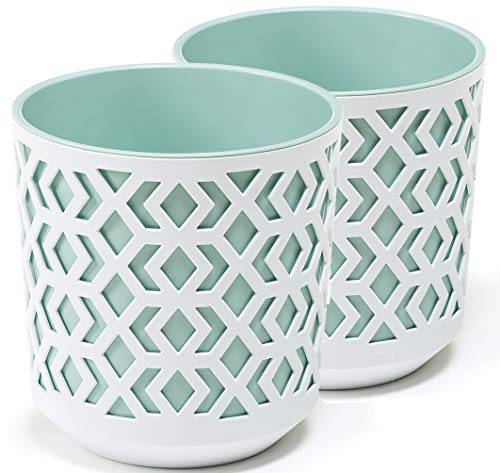

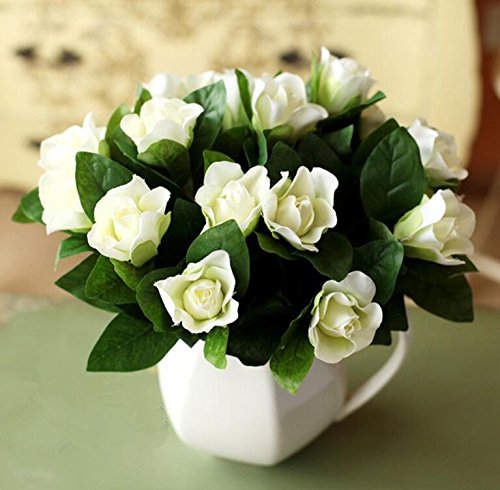

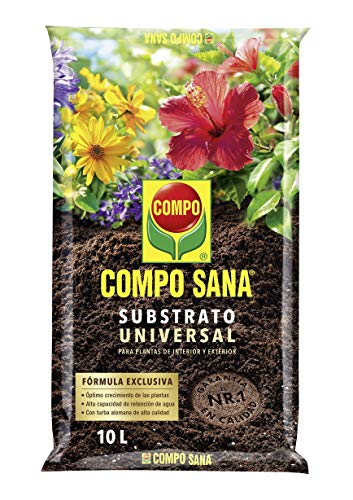

![Photo of Prune Rose Bushes: [Importance, Time, Considerations and Steps]](https://www.complete-gardening.com/wp-content/uploads/2022/08/prune-rose-bushes-importance-time-considerations-and-steps-390x220.jpg)
